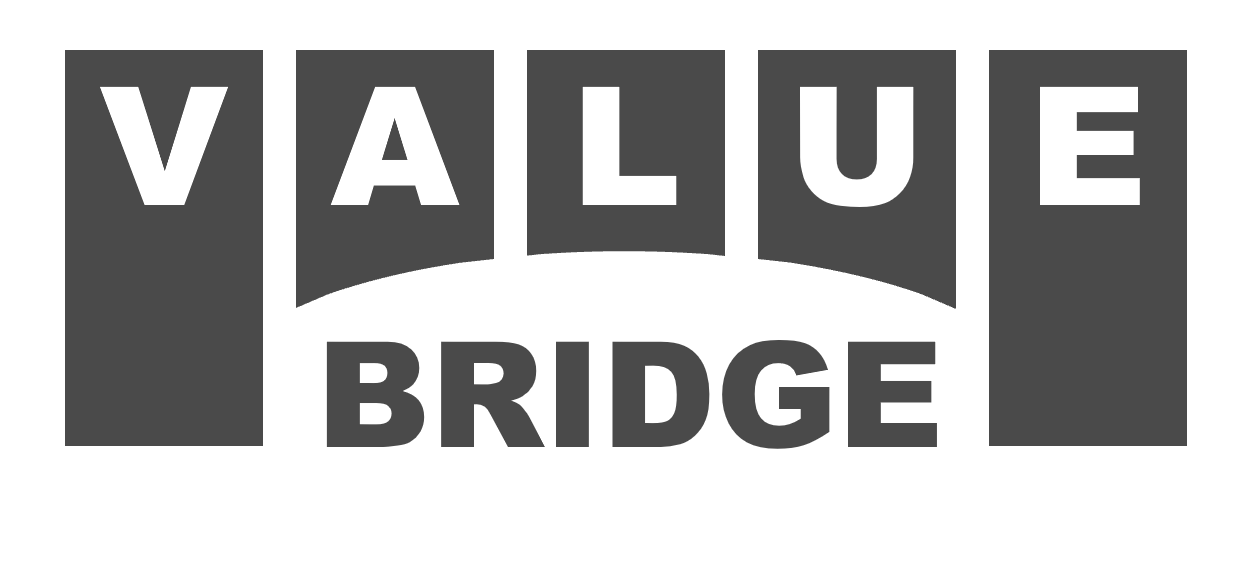Calculate Net Returns from the Gross MOIC and Gross IRR and estimates for Management Fee, Fund Expense, and Carried Interest.

Key Concept: You can efficiently calculate Net MOICs and Net IRRs for individual deals and groups of investments by converting the GP or Fund’s Management Fees and Fund Expenses (F&E) into a relative fee load (%F) that can be systematically applied to every dollar of gross invested capital (GIC).
Jump to:
(How to use the ValueBridge.net Excel Templates)
Net Return Overview
Calculating hypothetical Net MOICs and Net IRRs for individual portfolio companies or groups of deals can be messy. Conventional net return models are highly sensitive to subjective decisions about the magnitude and timing of hypothetical management fee, fund expense, and carried interest deductions. Analysts must frequently revisit these assumptions and often rebuild models from scratch following routine events, like portfolio company acquisitions or exits. Traditional net return models do not scale.
The ValueBridge.net framework can solve this problem by treating management fees, fund expenses, and carried interest as value drivers that “bridge the gap” between the general partner’s Gross Return and the limited partner’s Net Return. Systematic application of a “fee load” (%F) removes subjective decisions about the magnitude and timing of deductions and can also incorporate carried interest on either a pooled or deal-by-deal basis. From values generally available in Fund reporting and GP marketing materials, the approach can provide very good Net IRR estimates for deals and portfolios, without needing time series cashflow data.
Return Measurements and Variables
Net MOIC and Net IRR calculations rely on the following:
- Gross Invested Capital: GIC
- Gross Return: GR
- Gross Multiple of Invested Capital: Gross MOIC = GR/GIC
- Gross Internal Rate of Return: Gross IRR
- Management Fees and Fund Expenses: F&E
- Carried Interest: Carry = %C ∙ (GR – GIC – F&E)
- F&E Rate: %F = F&E / GIC
- Carry Rate: %C (usually 20%)
- Net Invested Capital: NIC = GIC + F&E
- Net Return: NR = GR – Carry
- Net Multiple of Invested Capital: Net MOIC = NR / NIC
- Net Internal Rate of Return: Net IRR
- Holding Period (years): Δt
- Effective Holding Period (years): Δt’
Net Return Mathematics
The Net MOIC is related to the gross return (GR), gross invested capital (GIC), management fees and fund expenses (F&E), and carried interest (Carry), as follows:
![]()
First determine the portfolio’s %F and χF&E from the absolute ($) value of F&E and GIC.
![]()
The Carry Multiplier is calculated from the Carry Rate (%C, usually 20%), %F, and the Gross MOIC.
![]()
Net Returns can be calculated either on a pooled or deal-by-deal basis. To measure Carry on a pooled-basis, the entire portfolio’s Gross MOIC should be used to calculate χCarry. To measure Carry on a deal-by-deal basis, an individual deal’s Gross MOIC should be used to calculate χCarry.
![]()
Calculating Net IRR requires the effective holding period (Δt’, not Δt), which is discussed in further detail below.
![]()
![]()
The Net IRR is a function of the Net MOIC and Δt’.
![]()
![]()
![Rendered by QuickLaTeX.com \[ Net\,IRR = \left( \frac{Gross\,MOIC}{\left( 1+\%F \right) \cdot MAX \left[ 1,1 / \left( 1- \%C + \%C \cdot \frac{1+ \%F}{Gross\,MOIC} \right) \right]} \right)^{1/\Delta t'} -1 \]](https://valuebridge.net/wp-content/ql-cache/quicklatex.com-6b192224e3802a59702487e7047aa639_l3.png)
Sources of F&E
Required F&E values are typically available in Fund reporting materials. They may also be estimated from size and age of the portfolio (e.g., $X of GIC would require a Fund size of $Y, which would be charged a Management Fee of 2.0% per year in each of the first four years and…). Actual Fund F&E values already include adjustments for activities like recycling and management fee offsets, so are generally preferred.
Range of χF&E and χCarry
Both the multipliers have a minimum of 1.00x and can generally range up to a maximum of about 1.25x. The minimum is governed by the fact that there is generally no such thing as negative Management Fees, Fund Expenses, or Carried Interest.
A χF&E value of 1.25x would mean that the GP charges $0.25 of Management Fees and Fund Expenses for every dollar of Gross Invested Capital. This would be high, even by the standards of private equity. Features like recycling and management fee offsets tend to drive %F lower than 25%. Generally, %F values are in the mid-single digits during the first few years of an investment period, when Funds deploy most of their capital. The %F value often increases to the mid-teens toward the end of a fund’s lifecycle.
The χCarry value has a mathematical limit. As a deal or portfolios Gross MOIC goes to infinity, χCarry becomes 1/(1-%C). This means a deal with the traditional 20% Carry rate has a maximum of 1.25x, and a deal with a 10% Carry rate has a maximum of 1.11x. However, deals generally don’t approach these maximums until they hit Gross MOICs of 10x, 20x, or 50x. Expect χCarry values to be about halfway to the maximum for private equity deals with Gross MOICs around 3.00x.
Pooled Carry-based Net Return Example
Pooled Net Return models calculate each deal’s Carry with consideration to the gains and losses of the other portfolio investments. They use a Carry Multiplier based on the entire portfolio’s Gross MOIC. The Gross MOIC of 1.722x below provides a χCarry value of 1.073x that is applied to every deal in the table.
![]()
| Port Co | Cap Invst | Cap Rlzd | Unrlzd Val | Tot Val | Gross MOIC | Gross IRR | Eff Hold | F&E Mult | Carry Mult | Net MOIC | Net IRR |
|---|---|---|---|---|---|---|---|---|---|---|---|
| Echo | $20 | $60 | – | $60 | 3.00x | 55.2% | 2.50 | 1.14x | 1.07x | 2.46x | 43.3% |
| Alpha | $20 | $45 | – | $45 | 2.25x | 32.2% | 2.91 | 1.14x | 1.07x | 1.84x | 23.4% |
| Golf | $25 | $50 | – | $50 | 2.00x | 58.8% | 1.50 | 1.14x | 1.07x | 1.64x | 38.9% |
| Bravo | $25 | $15 | – | $15 | 0.60x | -18.5% | 2.50 | 1.14x | 1.07x | 0.49x | -24.7% |
| Sub-tot | $90 | $170 | – | $170 | 1.89x | 27.3% | 2.63 | 1.14x | 1.07x | 1.55x | 18.0% |
| Charl. | $25 | – | $75 | $75 | 3.00x | 24.6% | 5.00 | 1.14x | 1.07x | 2.46x | 19.7% |
| Foxtr. | $15 | $15 | $15 | $30 | 2.00x | 29.5% | 2.68 | 1.14x | 1.07x | 1.64x | 20.2% |
| Hotel | $20 | – | $15 | $15 | 0.75x | -10.9% | 2.50 | 1.14x | 1.07x | 0.61x | -17.7% |
| Delta | $30 | – | $20 | $20 | 0.67x | -10.7% | 3.59 | 1.14x | 1.07x | 0.55x | -15.5% |
| Sub-tot | $90 | $15 | $125 | $140 | 1.56x | 12.9% | 3.65 | 1.14x | 1.07x | 1.27x | 6.8% |
| Total | $180 | $185 | $125 | $310 | 1.72x | 19.9% | 2.99 | 1.14x | 1.07x | 1.41x | 12.2% |
Deal-by-Deal Carry-based Net Return Example
Deal-by-deal Net Return models calculate Carry for each deal individually, without consideration to the gains and losses of other portfolio investments. They use a Carry Multiplier based on each deal’s individual Gross MOIC. Thus, every deal has a different χCarry value. For example, Echo Co’s Gross MOIC of 3.00x provides an χCarry value of 1.142x.
![]()
| Port Co | Cap Invst | Cap Rlzd | Unrlzd Val | Tot Val | Gross MOIC | Gross IRR | Eff Hold | F&E Mult | Carry Mult | Net MOIC | Net IRR |
|---|---|---|---|---|---|---|---|---|---|---|---|
| Echo | $20 | $60 | – | $60 | 3.00x | 55.2% | 2.50 | 1.14x | 1.14x | 2.31x | 39.7% |
| Alpha | $20 | $45 | – | $45 | 2.25x | 32.2% | 2.91 | 1.14x | 1.11x | 1.78x | 21.9% |
| Golf | $25 | $50 | – | $50 | 2.00x | 58.8% | 1.50 | 1.14x | 1.09x | 1.60x | 37.1% |
| Bravo | $25 | $15 | – | $15 | 0.60x | -18.5% | 2.50 | 1.14x | 1.00x | 0.53x | -22.6% |
| Sub-tot | $90 | $170 | – | $170 | 1.89x | 27.3% | 2.63 | 1.14x | 1.09x | 1.53x | 17.4% |
| Charl. | $25 | – | $75 | $75 | 3.00x | 24.6% | 5.00 | 1.14x | 1.14x | 2.31x | 18.2% |
| Foxtr. | $15 | $15 | $15 | $30 | 2.00x | 29.5% | 2.68 | 1.14x | 1.09x | 1.60x | 19.3% |
| Hotel | $20 | – | $15 | $15 | 0.75x | -10.9% | 2.50 | 1.14x | 1.00x | 0.66x | -15.4% |
| Delta | $30 | – | $20 | $20 | 0.67x | -10.7% | 3.59 | 1.14x | 1.00x | 0.59x | -13.9% |
| Sub-tot | $90 | $15 | $125 | $140 | 1.56x | 12.9% | 3.65 | 1.14x | 1.06x | 1.29x | 7.3% |
| Total | $180 | $185 | $125 | $310 | 1.72x | 19.9% | 2.99 | 1.14x | 1.07x | 1.41x | 12.2% |
Online Value Creation Calculator
The Effective Holding Period
The Effective Holding period is a dollar weighted duration that accounts for all the inflows and outflows that occur during an ownership period.
![]()
This formula reduces all the portfolio capital investments, realizations, and fair market values to a single investment (contribution) and a single realization (distribution), separated by a number of years, months, days, hours, minutes, seconds, etc. By reducing a problem with many cashflows into one with only two cashflow, we can calculate an IRR with the standard Compounded Annual Growth Rate (CAGR) formula.
![]()
For investments that have only one inflow and one outflow, the Effective Hold (Δt’) formula will simply provide the Actual Hold (Δt) in years. For investments with more cashflows, such as follow-on investments or distributions prior to the final exit, Δt’ will always be smaller than Δt because there is less capital “at risk” or “in play” during the period.
Note that LOG(1) is equal to 0, so the Δt’ formula can break for investments with Gross MOICs of 1.00x and Gross IRRs of 0.00%. In such cases, either substitute Δt for Δt’ or take the limit as the return approaches 1.00x or 0.00% (achieved by nudging the investment’s FMV up or down slightly).
References and Further Reading
Private equity net return models are covered extensively in the book, on the AUXILIA Mathematica website, and on the YouTube channel. The following resources provide more detail (and much longer explanations) about the underlying mathematics and additional applications.
Private Equity Value Creation Analysis: Volume I: Theory
Reinard, M. 2021. Private Equity Value Creation Analysis: Volume I: Theory: A Technical Handbook for the Analysis of Private Companies and Portfolios. AUXILIA Press.
See Chapter 14: Gross Returns and Net Returns.
Available at Amazon.com.
AUXILIA Press Whitepaper
Reinard, M., A Better Net Return Model, April 30, 2021. (Download)
Articles on AUXILIA Mathematica
- Introduction to Net Return Modeling
- Conventional Net Return Model
- A Better Net Return Model
- The Effective Net IRR
- Comparison of Net Return Models
Private Equity Net Return video series
- NR100: Introduction (Video | Episode Page)
- NR101: New SEC Marketing Rule (Video | Episode Page)
- NR102: Conventional Net Return Model (Video | Episode Page)
- NR103: A Better Net Return Model (Video | Episode Page)
- NR104: The Effective Net IRR (Video | Episode Page)
ValueBridge.Net Discussion Forum
Fees, Expenses, Carry, and FX Forum
- Oh, bother! No topics were found here.
Private
- You do not have permission to view this forum.

